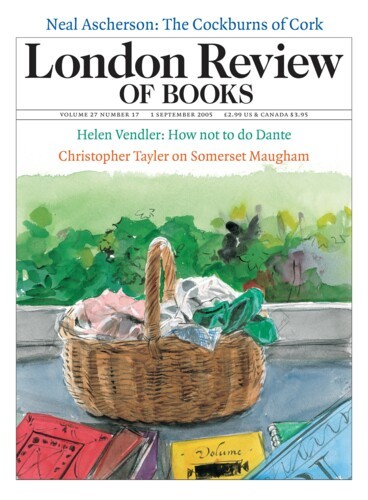Simply explaining the revolting details of mid-19th-century vaccination does much to render its critics understandable. Vaccination was hardly a matter of ‘clean needles’: at that time it did not involve needles at all. Instead, the infant’s skin was scored with a lancet in several places and viral material rubbed into the wound. Eight days later, the parent was required to bring the child back: those who had developed vesicles had the lymph harvested for direct application to another child. This ‘arm to arm’ method was cheaper than vaccination with calf lymph but was, unsurprisingly, much resented by the poor, who could neither prevent their children from being used as a sort of petri dish for the cultivation of vaccine material.
Bodily Matters: The Anti-Vaccination Movement in England, 1853-1907 by Nadja Durbach. If, like me, you are young enough to have been immunised against diphtheria and polio in the mass public health campaigns of the postwar period, but old enough to have known victims of these...





